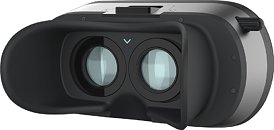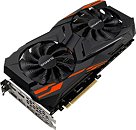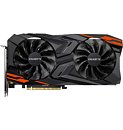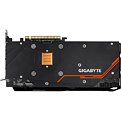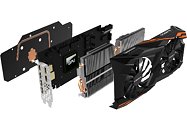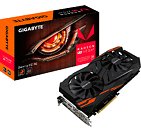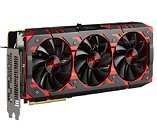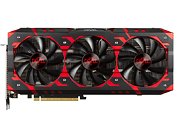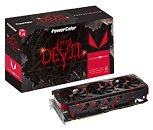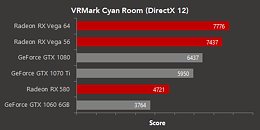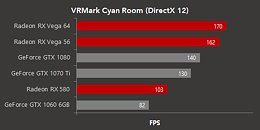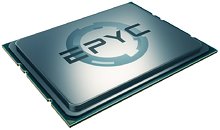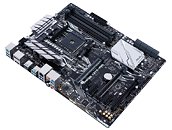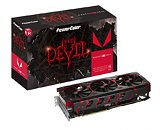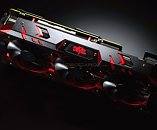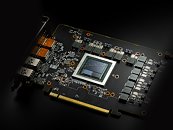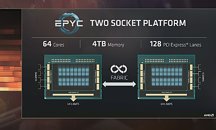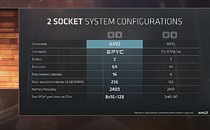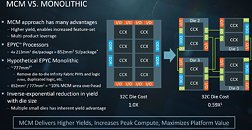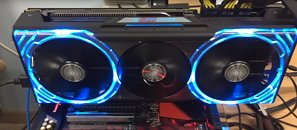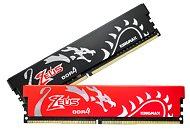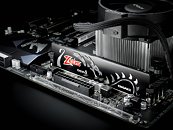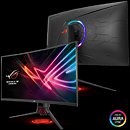
Enermax Intros Liqtech TR4 280 CPU Cooler
Enermax today introduced its third entry to its Liqtech TR4 series all-in-one liquid CPU coolers tailor-made for AMD Ryzen Threadripper processors, the Liqtech TR4 280. As its name suggests, the cooler features a 280 mm x 140 mm radiator, and includes two 140 mm fans. This model offers a middle-ground between the Liqtech TR4 240 and the largest Liqtech TR4 360. Enermax has also re-tuned its pump for higher coolant pressure. It is rated by its makers to handle thermal loads of up to 500W.
Like its other siblings, the Enermax Liqtech TR4 280 features a large pump-block base that offers 100% coverage of the Ryzen Threadripper integrated-heatspreader, and comes with factory-fitted retention modules for AMD TR4 and SP3r2 sockets (you can also use it on EPYC). The included T.B. Pressure 140 mm fans spin between 500 to 1,500 RPM, pushing up to 80.71 CFM of air, with a noise-output of up to 28 dBA, each. The radiator is 28 mm thick, and is made of aluminium. Available soon, the cooler is expected to be priced around USD $100.
Like its other siblings, the Enermax Liqtech TR4 280 features a large pump-block base that offers 100% coverage of the Ryzen Threadripper integrated-heatspreader, and comes with factory-fitted retention modules for AMD TR4 and SP3r2 sockets (you can also use it on EPYC). The included T.B. Pressure 140 mm fans spin between 500 to 1,500 RPM, pushing up to 80.71 CFM of air, with a noise-output of up to 28 dBA, each. The radiator is 28 mm thick, and is made of aluminium. Available soon, the cooler is expected to be priced around USD $100.



